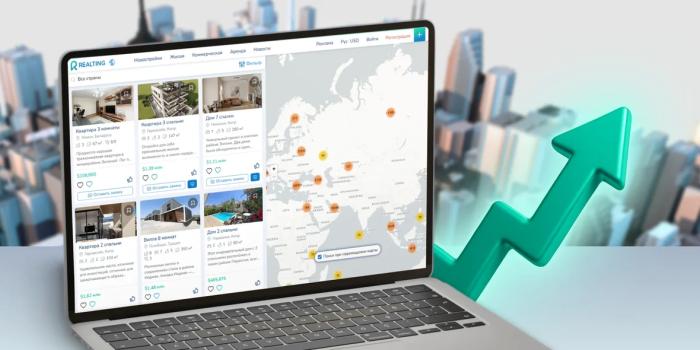Starting from March 1, 2025, Russians will see important changes in the payment system for heating housing, one of the most expensive utilities.

The Ministry of Construction and Housing and Communal Services (Minstroy) banned the regions from using a payment scheme when the entire amount for heating was evenly distributed over 12 months, ordering them to charge only in the autumn-winter period. The main purpose of the change is to switch to payment based on actual heat consumption by meters. The refusal to “spread” money for heating over the months, naturally, raises the question: how will this affect payments for residents?
Previously, the uniform payment scheme seemed convenient, but it often led to additional costs. Management companies were funded based on consumption forecasts and set inflated tariffs, which caused residents to pay more than they actually consumed. A new approach based on meter readings should make calculations clearer and fairer.
The Ministry of Construction believes that the resumption of the previous seasonal payment model guarantees the restoration of financial stability in the heat supply sector.
Starting from March 1, 2025, the changes mean a redistribution of tenants’ expenses for communal services: during the warmer months, current housing costs are reduced due to heating costs. However, winter bills will rise.
Most apartment buildings in Russia do not have individual heat meters. Tenants pay for services based on the area of the apartment. If the house is poorly insulated or there are gaps between the panels, this will lead to heat loss. Therefore, residents are advised to strain their management companies and insulate the inter-panel seams and windows, modernize basements and attics to eliminate heat loss. Installing household heat meters and weather control systems will also help reduce costs. Household heat meters will record the actual consumption so that there is no overpayment.
Nina Belova
Photo: FREEPIK.COM


